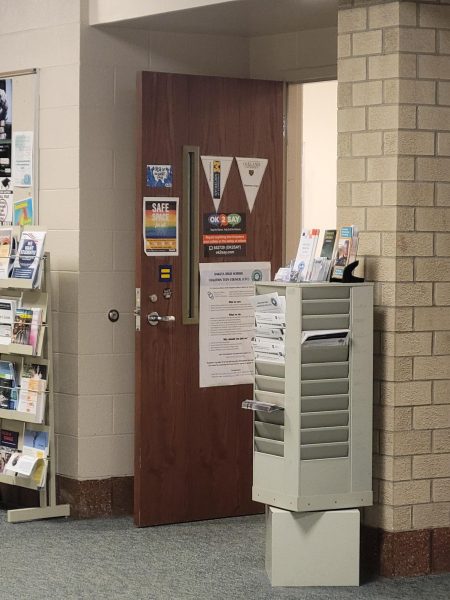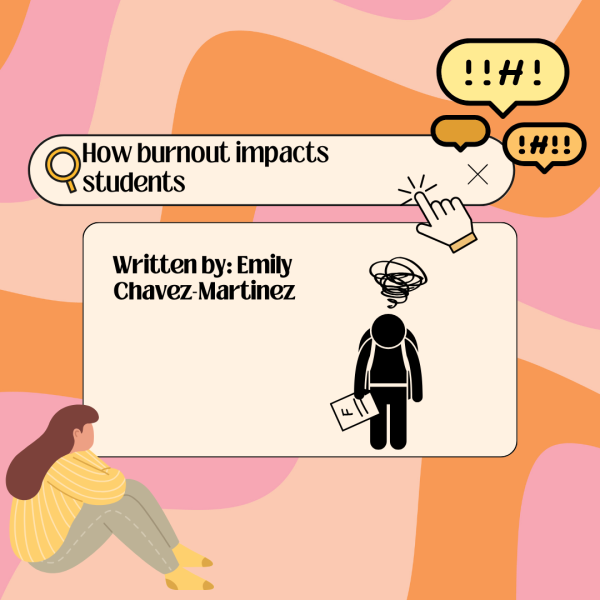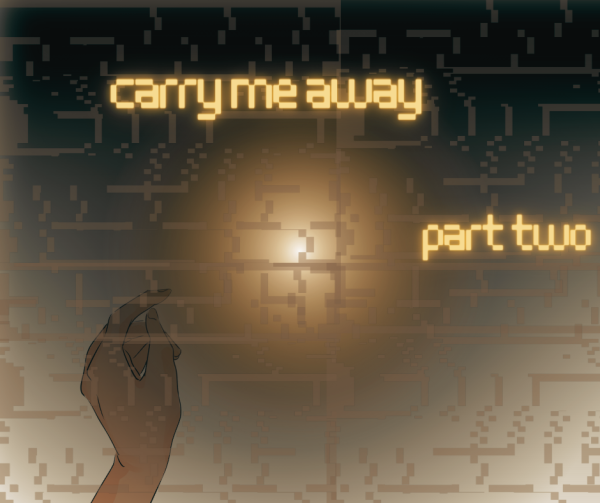Diffuse intrinsic pontine glioma (DIPG)

DIPG stands for diffuse intrinsic pontine glioma. DIPG is an inoperable and incurable cancerous brain tumor located in the middle of the brain stem (Pons), the part of the brain just above the back of the neck and connected to the spine. The brain stem controls breathing, heart rate and the nerves and muscles that help us see, hear, walk, talk and eat.
These tumors are called gliomas because they grow from glial cells, a type of supportive cell in the brain. The tumors develop in the brain’s pons, which is the area that sends messages to the spinal cord and body, controlling important functions like heartbeat, breathing, sleeping, balance, bladder swallowing, BP, and being alive.
As the tumor grows rapidly, they put pressure on the brain and impact nerve function. The child stops moving, talking, eating, and drinking. The children are completely aware of what is happening, as the mind remains intact and cruelly unaffected by DIPG.
Symptoms usually develop rapidly in the majority of patients because of the fast growth of these tumors. The most common symptoms related to DIPG include the following: problems with balance and walking, problems with the eyes (including double vision, drooping eyelids, uncontrolled eye movements, blurred vision), problems with chewing and swallowing, nausea and vomiting, morning headache or headache that gets better after the child vomits, facial weakness or drooping (usually one side).
Brain tumors are the deadliest form of childhood cancer in the US. There are over 100 different types and subtypes of pediatric brain tumors to exist. About 10% to 20% of all childhood brain tumors are DIPG or brainstem gliomas. They are more common in children between the ages of 5 and 10 years but can occur at any age in childhood. Though more rare, they can also occur in adults.
90% of kids die within two years of diagnosis and the average survival rate is 9 to 10 months. The overall survival rate for DIPG is less than 1% and 99% of children diagnosed die.
Just like other cancers, there are different stages of DIPG. There are four stages that are categorized based on how the cells look under the microscope. The lower grade stages are grade one or two meaning the tumor cells are closest to normal. Stage four and five mean they are the most aggressive tumors.
The main issue with DIPG is that most of these tumors are not classified by grade because surgery to obtain tissue by biopsy or to remove the tumor is not safe because of the location of the tumor. When these tumors are biopsied, they are usually grade III or grade IV tumors, which tend to behave very aggressively. Most of the tumors are diagnosed by their appearance on MRI (St. Jude).
The treatment for DIPG is very complicated. Completely removing it through surgery is very unsafe because there is a high possibility and risk of damaging health and important brain cells. The most common treatments are combinations of steroids, radiation therapy (currently, is the primary therapy for newly diagnosed DIPG in children older than 3. It uses high-energy X-rays from a specialized machine or other types of radiation to kill cancer cells and shrink tumors (stop them from growing). Radiation provides a temporary response in most patients but does not provide a cure), Surgery using a biopsy (removal of affected tissue to be examined), although this method is hardly used due to the high risks, may be done to decide the tumor’s type and grade. If the biopsy finds cancer cells and the patient is still in surgery, the surgeon may take out as much tumor as can be removed safely. Depending on where the tumor is located, this might not be an option. and chemotherapy. Although chemotherapy hasn’t been proven to be effective or successful on its own, it can be used with other types of therapies.
The scariest part of Diffuse intrinsic pontine glioma is the fact that there is no cure. Once a child is diagnosed with DIPG it would be a miracle if they survive. The treatments help to give the child more time but do not cure the cancer.
There are many different research places and hospitals working to find a cure for DIPG. Places like St. Jude have many experts digging deep into the information on DIPG. If you want to help make a difference you can donate to St. Jude and help them be able to do more research on DIPG and other types of uncurable cancers.
Your donation will support the student journalists of Dakota High School. Your contribution will allow us to purchase equipment and cover our annual website hosting costs.
This is Sally Jones, a 16 year old junior at Dakota Highschool. It's her first year as a member of Dakota Planet . She enjoys playing soccer and hanging...









